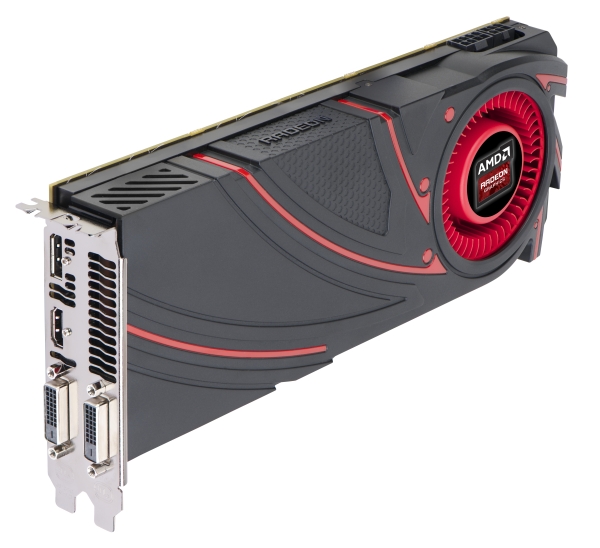We can’t escape the feeling that a few AMD execs had a get-together a few months ago to come up with new ways to mess with Nvidia’s head.
First they decided to hype Hawaii and they put a lid on leaks. Expectations were running high and AMD decided to go for a high-profile launch in Hawaii. Best of all – the product lived up to expectations. The R9 290X is selling well and it offer better value for money than Nvidia’s high-end products, although the green team leveled the playing field with recent price cuts, at least to some extent.
However, ever since the Hawaii even we were saying the R9 290 is the card to look out for, as it had plenty of potential to be very disruptive. We were right. AMD managed to keep Hawaii pricing secret until the last possible moment. It surprised the market with the $549 price tag for the R9 290X and now it’s at it again.
The R9 290 launched at $399 and it will probably force Nvidia into another round of price cuts, the third round since the Hawaii event.
If you’re regular readers, you probably know the spec already, but here it is anyway. Six billion transistors, 28nm, GCN, 2,560 cores, GPU clock up to 947MHz, 4GB GDDR5 on a 512-bit bus, and 4.9 TFLOPS of number crunching performance on a budget.

The $399 R9 290 outperforms Nvidia’s GTX 780, a card which launched at $649 and just last week it got a $150 price cut – which still leaves it $100 more expensive than the new Hawaii Pro card. The GTX 770 used to sell for $399, but it got a $70 price cut and it’s now $329, but the R9 290 will wipe the floor with it without breaking a sweat. In fact, in some games it even humiliates the $999 Titan, which is mind boggling.
The downside? It’s loud, very loud. According to Anand, AMD decided to revise the spec at the last possible moment, increasing the max fan speed to 47 percent, making it louder than even the R9 290X. However, this bad news could be great news for AIB partners. They have a $399 card that can much pricier cards to shame, yet the card obviously needs a better cooler – they will be more than happy to oblige, selling more value added cards in the process.
So it’s good news all around - consumers get a great card for $399, AIBs will have plenty of fun with high margin non-reference designs and everyone’s happy. Except Nvidia, of course. In order to counter the R9 290, Nvidia would practically have to cut the GTX 780 price by another $100 or $150 and it’s highly unlikely it would be able to turn a profit on ~$350 GK110 products.




